The Wonderful World of Sugar
Sugar is sugar...or is it? Here's a look at a few different types of sugar from around the world. Perhaps you'll find a new staple for your pantry!
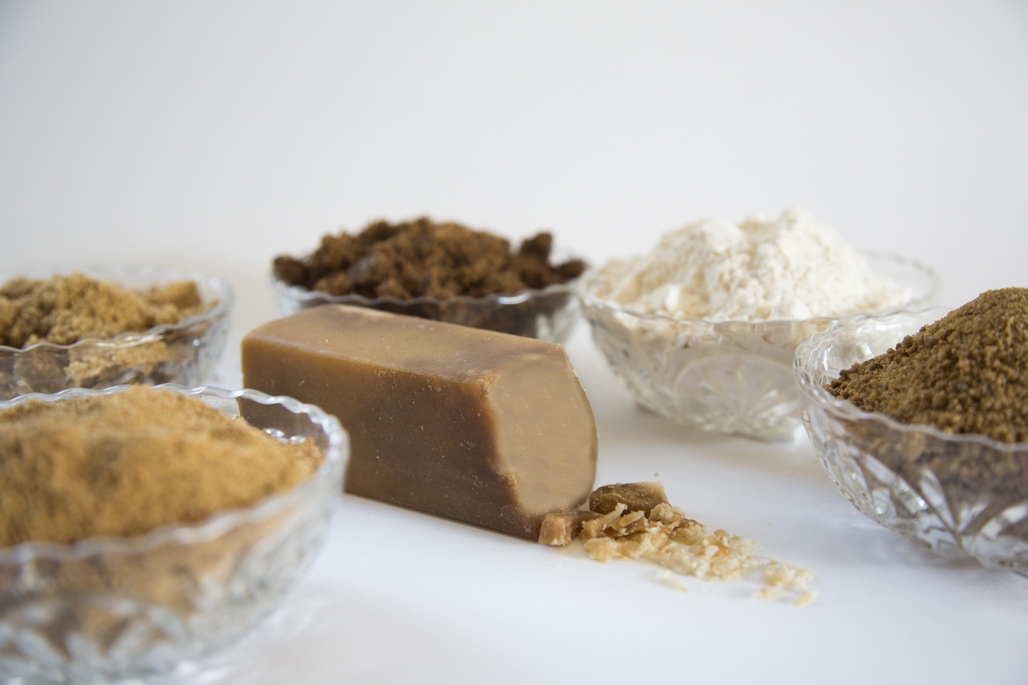
Left to right: Coconut Sugar, Light Muscovado, Dark Muscovado, Wasanbon, Piloncillo and Maple Sugar (center)
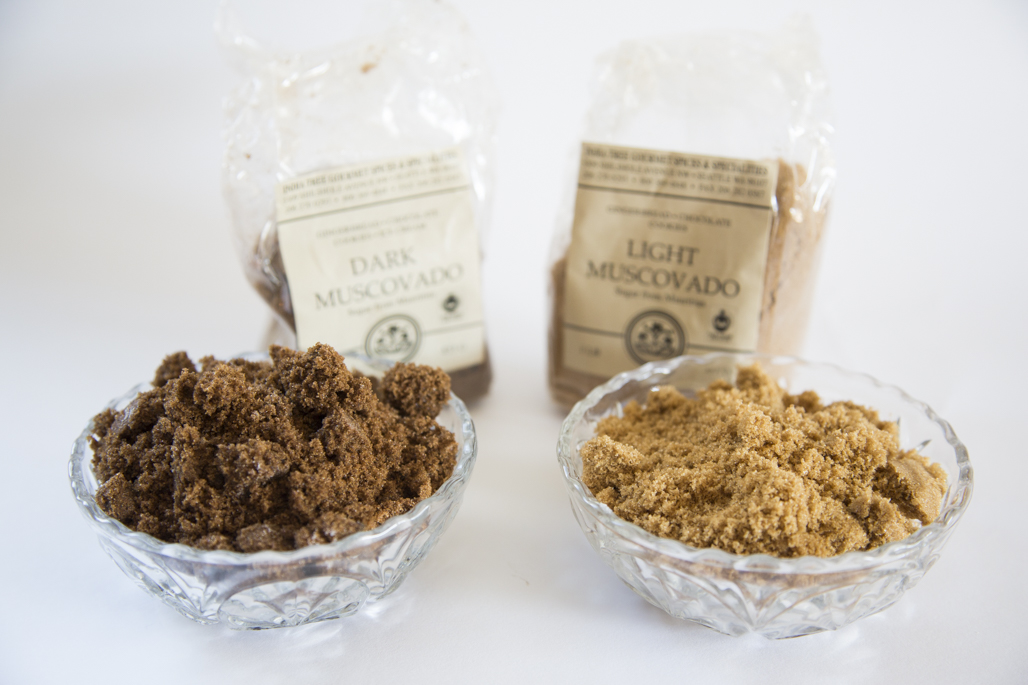
Muscovado
What is it? A partially refined to un-refined, high-molasses sugar
Origins: Mauritius & the Philippines
Name Game: Muscovado originates from the Spanish mascabado and Portuguese mascovado, both which mean “low quality”. In the 18th and 19th centuries, muscovado was considered a lower quality of sugar because it is less refined and not drained of its molasses content.
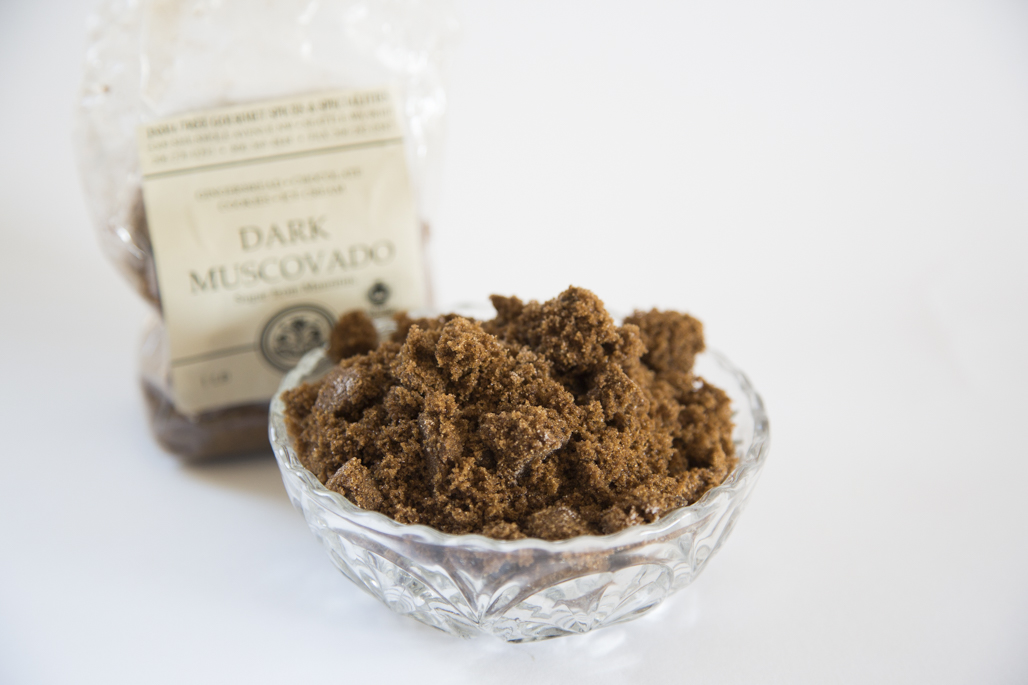
Dark Muscovado
Texture: Thick, moist, and coarse - like wet sand
Flavor: Slightly bittersweet, with notes of pear and apple, dark muscovado is rich and complex. Think of it as the pinnacle of brown sugar.
Use it in: Gingerbread, fruitcakes, coffee - dark muscovado is going to take your fall and winter baking to new heights.
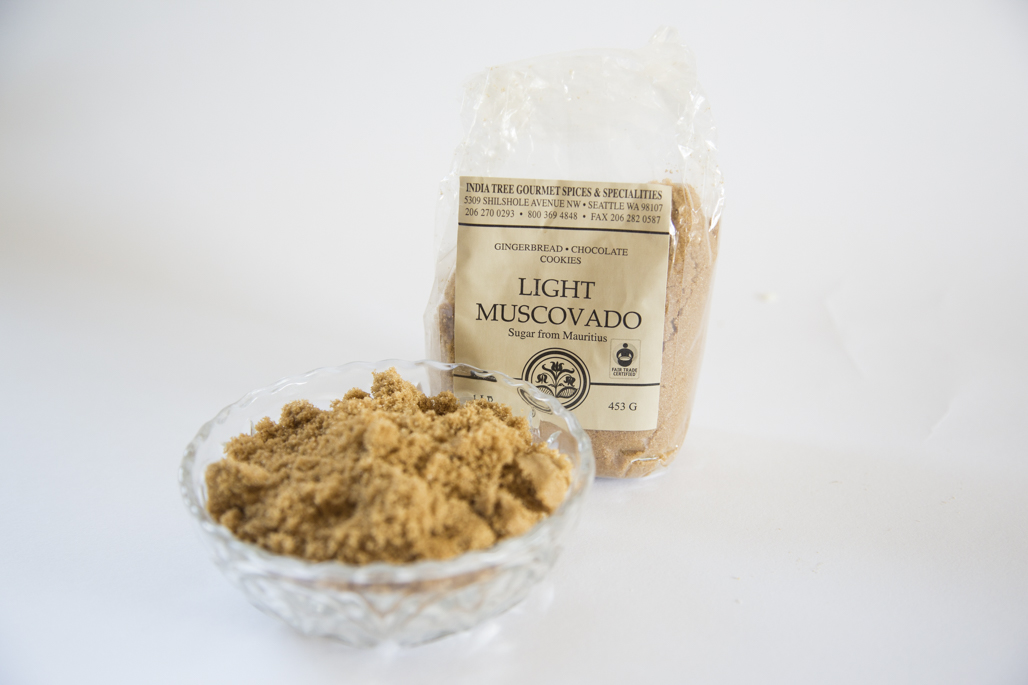
Light Muscovado
Texture: Lighter and softer in texture than the dark, light muscovado still packs a flavorful punch. It has the same, if not more more, molasses than standard North American dark brown sugar.
Flavor: Sweet, with notes of toffee and honey
Use it in: Desserts with banana, toffee, and butterscotch.

Coconut Sugar
What is it? Sugar produced from the sap of coconut palm flower buds.
Origins: South and Southeast Asia
Name Game: Coconut sugar and palm sugar are often, and erroneously, used interchangeably. Coconut sugar comes from coconut palms, palm sugar comes from a variety of other palms, including Palmyra, date and salgo.
Texture: Thick, rough grains
Flavor: Mildly sweet with a hint of caramel.
Use it in: Popular in Paleo recipes (some claim that it has a higher mineral content and lower glycemic index than cane sugar), coconut sugar can be used in place of regular brown sugar, adding a nuanced, caramelly flavor. Chocolate chip cookies are a great place to start.
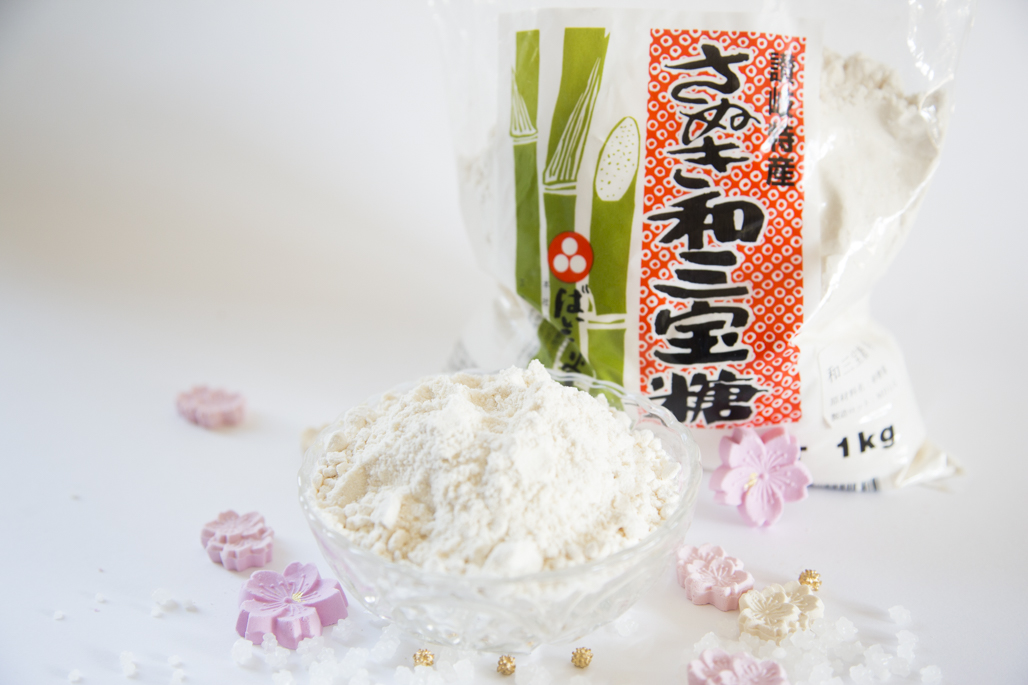
Wasanbon
What is it? An artisanal sugar used in Japanese confectionary. It is used to make Higashi, a popular candy that is molded into seasonal shapes, like the flowers and crystals in the photo above.
Origins: Shikoku, Japan
Name Game: Wa indicates domestic Japanese manufacturing; sanbon “three bowls”, refers to the production process in which cane sugar is boiled, kneaded, and drained in bowls.
Texture: Very fine and powdery.
Flavor: Sweet, with mild honey notes.
Use it in: Coffee, tea and cakes. It can also be used in place of powdered sugar.
Maple Sugar
What is it? Sugar derived from the boiled sap of maple trees
Origins: Northeastern United States and Canada
Name Game: Specifics on the discovery of maple sugar are hazy, but the general consensus is that the maple tree’s sweet sap was first discovered by the First Nation (Canada) and Native Americans (US), and it was called ziinzibaakwad
Texture: Soft and fine with a high moisture content.
Flavor: Very sweet with notes of vanilla and toffee. Agriculture Canada created a flavor wheel for maple sugar/syrup tasting - not unlike the ones popular in wine tasting. (Click on maple sugar photo).
Use it in: Use it in place of brown sugar, but at a ratio of ¾ to 1, to accommodate for the addition moisture in maple sugar.
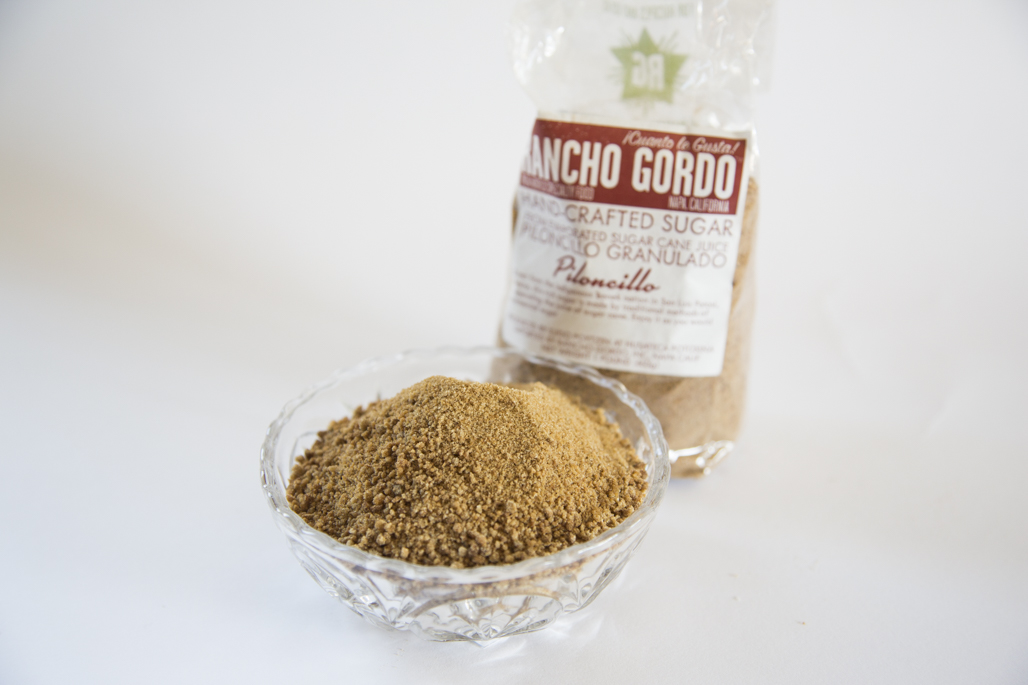
Piloncillo
What is it? Pure, raw, and unprocessed sugar cane. It is made by boiling and evaporating sugarcane juice - this is a molasses-free sugar.
Origins: Latin and Central America
Name: Traditionally poured into a conical mold, the name piloncillo means “little pylon”.
Texture: When in its traditional cone shape, the sugar is packed solid and must be cut or grated. When grated, it has crunchy, non-uniform texture.
Flavor: Earthy, smoky, with notes of fig.
Use it in: On the sweet side, piloncillo gives cookies, cobblers and caramels an extra earthy kick. Try it your coffee to shake up the morning time routine. According to Serious Eats, it’s also great used on meats, beans and dried chiles.
Sources
Davidson, Alan. The Oxford Companion to Food (Oxford Companions) Hardcover – Ed. Tom Jaine. Oxford University Press, 2014. Print.
Falkowitz, Max. "Spice Hunting: Piloncillo." Serious Eats: The Destination for Delicious. Serious Eats, 21 July 2011. Web. 1 Sept. 2016.
Goldstein, Darra, ed. The Oxford Companion to Sugar and Sweets. Oxford: Oxford UP, 2015. Print.
"Maple Syrup." Https://en.wikipedia.org/wiki/Maple_syrup. Wikepedia, n.d. Web. 1 Sept. 2016.
Robuchon, Joël. Larousse Gastronomique. London: Bounty, 2011. Print.
